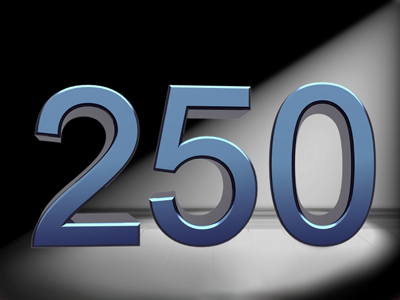
Multiples (Year 3)
Multiples are a big part of KS2 Maths. In Year Three, you'll learn about multiples for numbers like 2, 5, 10, 50, and 100. It's connected to what you know about times tables and multiplication.
A multiple is what you get when you multiply a number by another whole number. For example, 3 x 5 = 15, so 15 is a multiple of 3 and 5. If you know your times tables, it helps you figure out multiples. Every number in a times table is a multiple of the first one, like 5, 10, 15, 20, 25, and 30 are all multiples of 5. This rule works in all times tables.
How much do you remember about multiples from school? Try this quiz for 7-8 year olds, all about multiples and multiplication, and see!
Boost Your Child's Confidence with Quizzes20, 30 and all other multiples of 10 are also multiples of 2 and 5
Ready for more?
not all...
quizzers. Try to win a coveted spot on our Hall of Fame Page.







